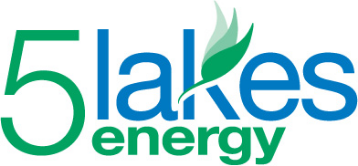The POWER Act Supporting CHP Introduced in Congress
Today, Senators Susan Collins (R-ME) and Bob Casey (D-PA) and Representatives Tom Reed (R-23rd NY) and Earl Blumenauer (D-3rd OR) introduced the Senate and House versions of The Power Resiliency and Efficiency (POWER) Act, which would improve the federal tax incentive for industrial energy efficiency applications, such as combined heat & power (CHP). Summary of the POWER …
The POWER Act Supporting CHP Introduced in Congress Read More »
